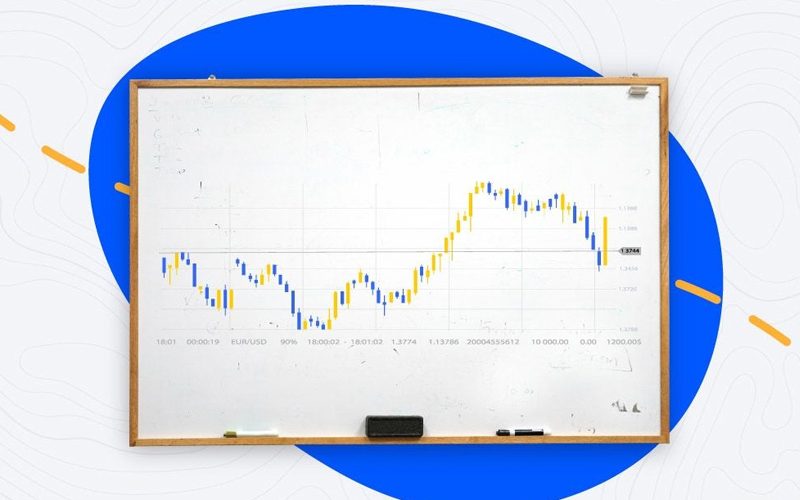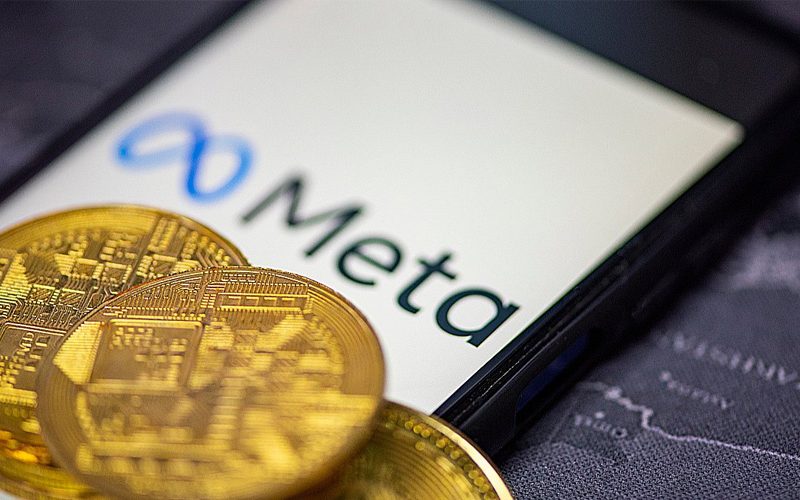Why does inflation upset the airlines’ flight plans? Is it a good idea to buy airline stocks during an inflationary period?
Airlines are currently facing difficult circumstances. The stock index for the sector has actually decreased by 30% during the last 12 months. That’s difficult to accept given that the whole market has fallen by about 13% during that time. After all, according to data from the Department of Transportation, passenger volumes have increased during the same period — by a significant 70%.
Flights and even routes were being added by all the major airlines. After falling annually for six consecutive years, the average ticket price increased 17.6% in 2021. Recent data reveals that the price of air travel has increased at a rate that is almost quadruple that of general inflation. Recently, Scandinavian Airlines filed for bankruptcy. The 75-year-old SAS’s half of its fleet was promptly grounded, making it the seventh carrier to become insolvent in 2022. Finding a direct reason for the airlines’ issues is not difficult. If there isn’t a revenue shortfall, costs must have increased. In other words, while sales volume and prices are rising, the cost of filling those seats is rising even more quickly. Let’s start with the factor that killed SAS: payroll. Due to a variety of factors, assembling an aircrew is not as simple as it once was. As with anything in high demand, scarcity breeds higher costs. SAS cut staff during the epidemic when there were no passengers, as did all other airlines. Five thousand of its 12,000 employees were let go. As air transport resumed, many were rehired; nevertheless, the labor market had taken a turn in their favor, and hundreds of SAS pilots and mechanics last week walked off the job. A federally financed payroll support program prevented 50,000 airline layoffs in May 2020. After receiving the payments for five months, those positions were suspended for a few weeks until another covid relief package was approved. By the time that money was spent, the airline sector was well on its way to recovery, in part because of what is now known as “revenge tourism,” whereby consumers with pent-up demand have splurged on longer and more opulent holidays without regard for inflated pricing. But are you aware of the entire “dynamic pricing” mechanism that modifies ticket costs in accordance with demand? A trained workforce just cannot be called up and down like on Expedia. Bottlenecks in training and recertification have been extensively covered in trade publications, but not so much in the media. However, Axios has a helpful summary. According to the story, airlines are paying retention bonuses, flight school scholarships, and sweet early retirement bargains to the same employees they had previously provided sweet early retirement deals too. But it costs more than just cash. It requires time, and there isn’t much of it. According to Labor Department data, there will be two job opportunities for every new pilot during the next few years. Although training a new employee can take several months, there is a set age at which they must retire. In the United States and much of the rest of the world, 65 is currently the sell-by age for pilots. The Air Line Pilots Association is adamantly opposed to loosening that prohibition, despite considerable talk to the contrary in Washington. Although wages may be the single factor contributing the most to the carriers’ greater operational costs, they are by no means the only factor. The International Air Transport Association confirms what we already knew: over the past year, jet fuel prices have nearly doubled globally. Prices for aviation fuel were almost as erratic asjet fuel. After the recent peak, they seem to be slowly declining. Additionally, labor expenses are somewhat flexible; they may not be as flexible as the airlines would want, but there is some room for maneuver in the long run. Then again, there are capital expenses. Furthermore, since these costs are typically included in purchase agreements under the term “Price Escalation Terms,” management is helpless to stop manufacturers from passing along increased costs for their own labor and supplies. The financing cost comes in, in addition to the aircraft’s real cost. An airline would in a favorable position if it buys a plane at a fixed interest rate while rates were low. However, if it chose a variable rate, that could be problematic given the current environment of escalating borrowing costs. The same rules that apply to purchases also apply to capital leases, and the same rules apply to replacement parts as well as original airframes.
The airlines are dealing with some significant challenges as a result of inflation. We don’t know how bad things can go or how long the turbulence will endure. While the fuel price problem might be resolved quickly, the capital and labor shortage is expected to persist for years and lead to steadily rising prices.







